Gentle, comforting, and naturally yellow—this Showa-style vegan Japanese curry brings nostalgic flavors to your home kitchen.
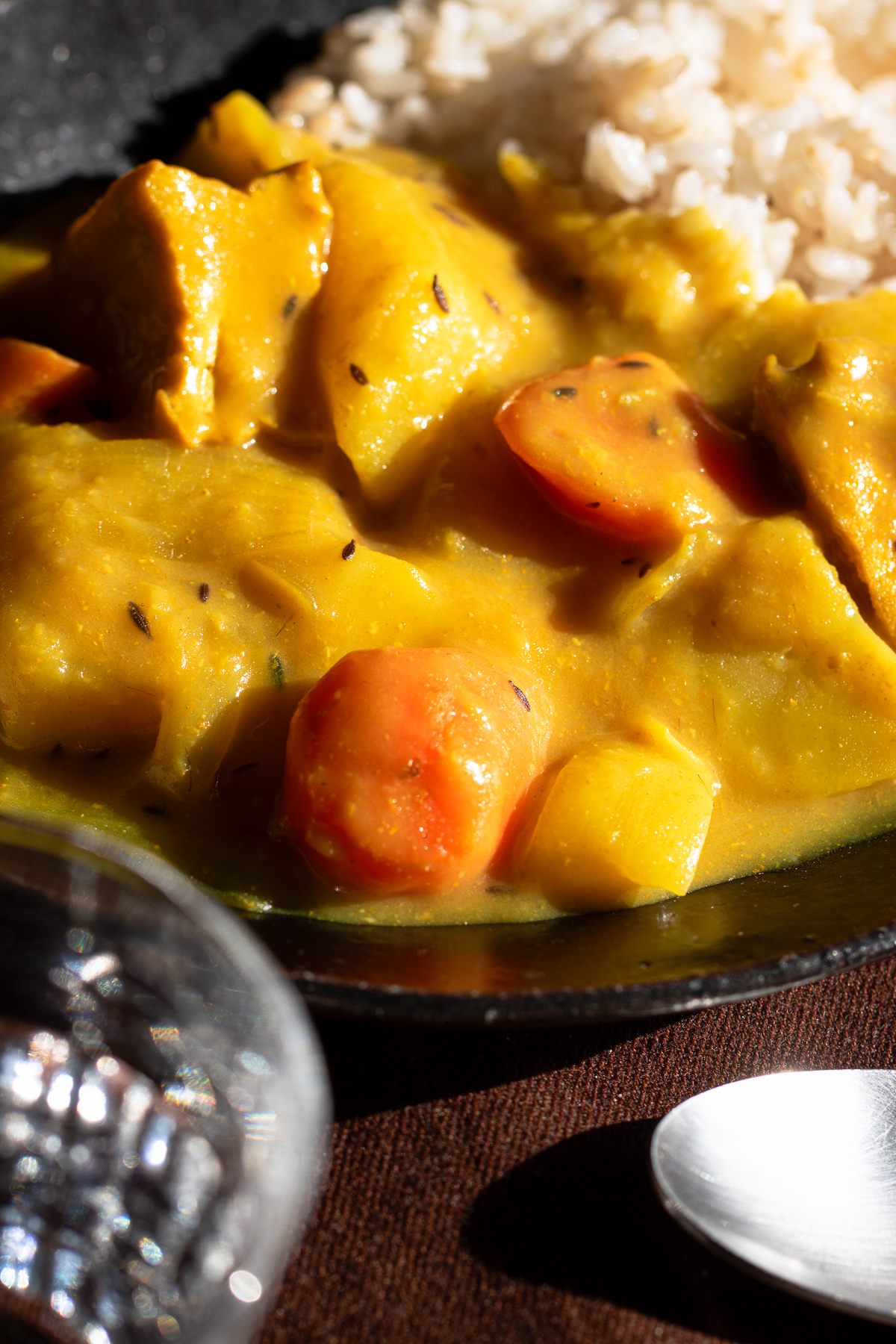
This vegan Japanese curry rice is simple, healthy, and full of flavor without heavy roux. Using a blend of basic curry spices—cumin, coriander, and turmeric—and onion koji for natural umami, this recipe is gluten-free, lower in fat, and perfect for a comforting weeknight meal.
For those who enjoy a little heat, a pinch of cayenne pepper can bring a gentle kick 🌶
Non-vegans can swap in their favorite meat or plant-based protein.
🐰 What is Showa-Style Vegan Japanese Curry?
If you’ve ever been to Japan, you might have seen a nostalgic yellow curry served at soba or Chinese restaurants. Known as Showa-style curry, it’s different from Indian curry or the modern brown Japanese curry:
- Indian Curry: Onions and tomatoes fried in oil, often red or yellow.
- Modern Japanese Curry: Made with butter and flour roux; brown from Maillard reaction.
- Showa Curry: No tomatoes or roux—turmeric shines through, and the flavors of the ingredients and broth come forward naturally. This makes it lighter and less greasy, highlighting the true taste of vegetables and proteins.
For this recipe, a homemade additive-free onion koji consommé creates a gentle, umami-rich stock that perfectly complements the vegetables.
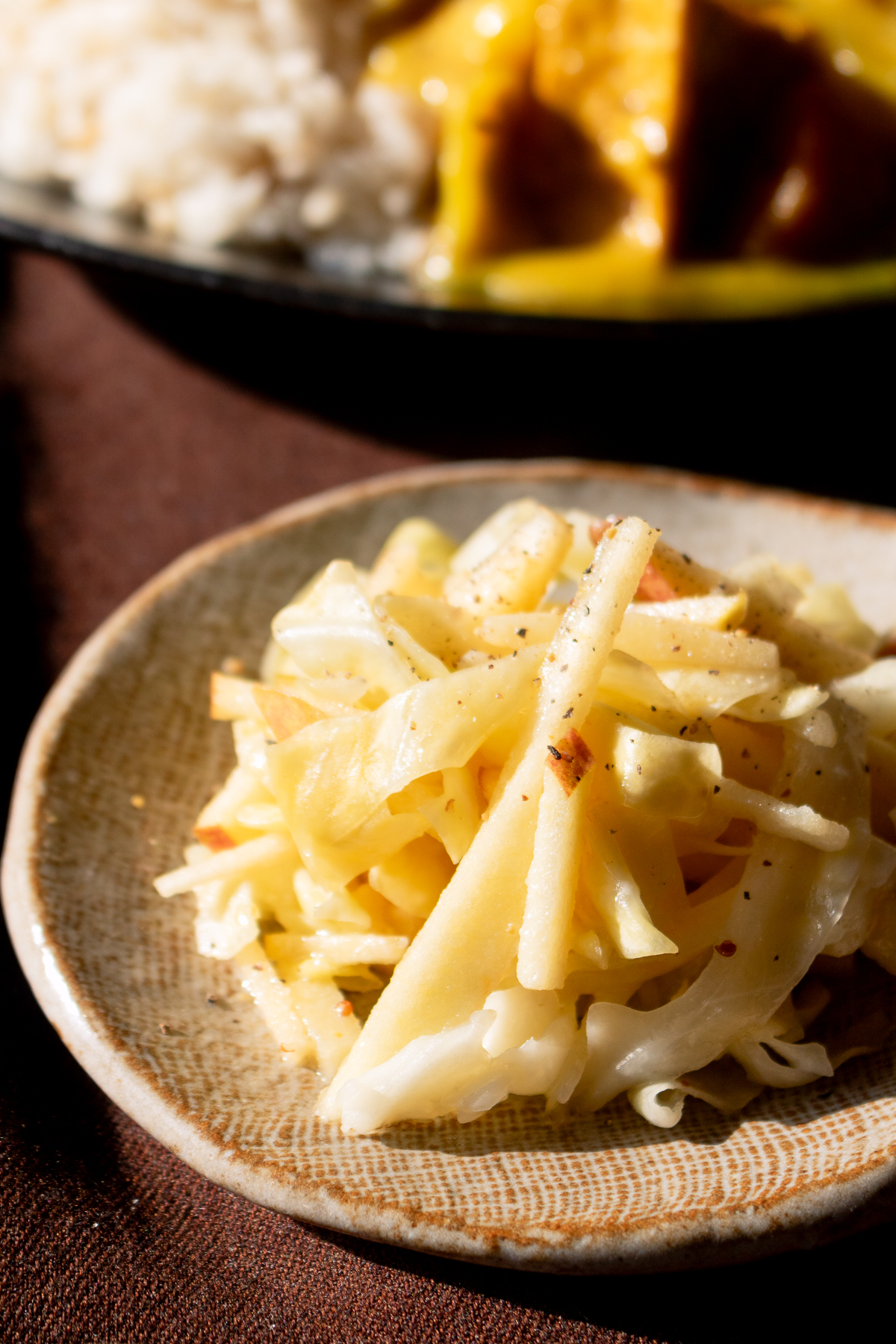
Don’t miss the Apple and Cabbage Coleslaw—it’s a fresh, crunchy companion to the Vegan Japanese Curry Rice!
For Indian-inspired flavors, try our Dahl Curry. Serve with Potato Subji for a vibrant Vegan Thali experience at home 🇮🇳.
Jump to:
🍛 Ingredients You’ll Need
Main Ingredients
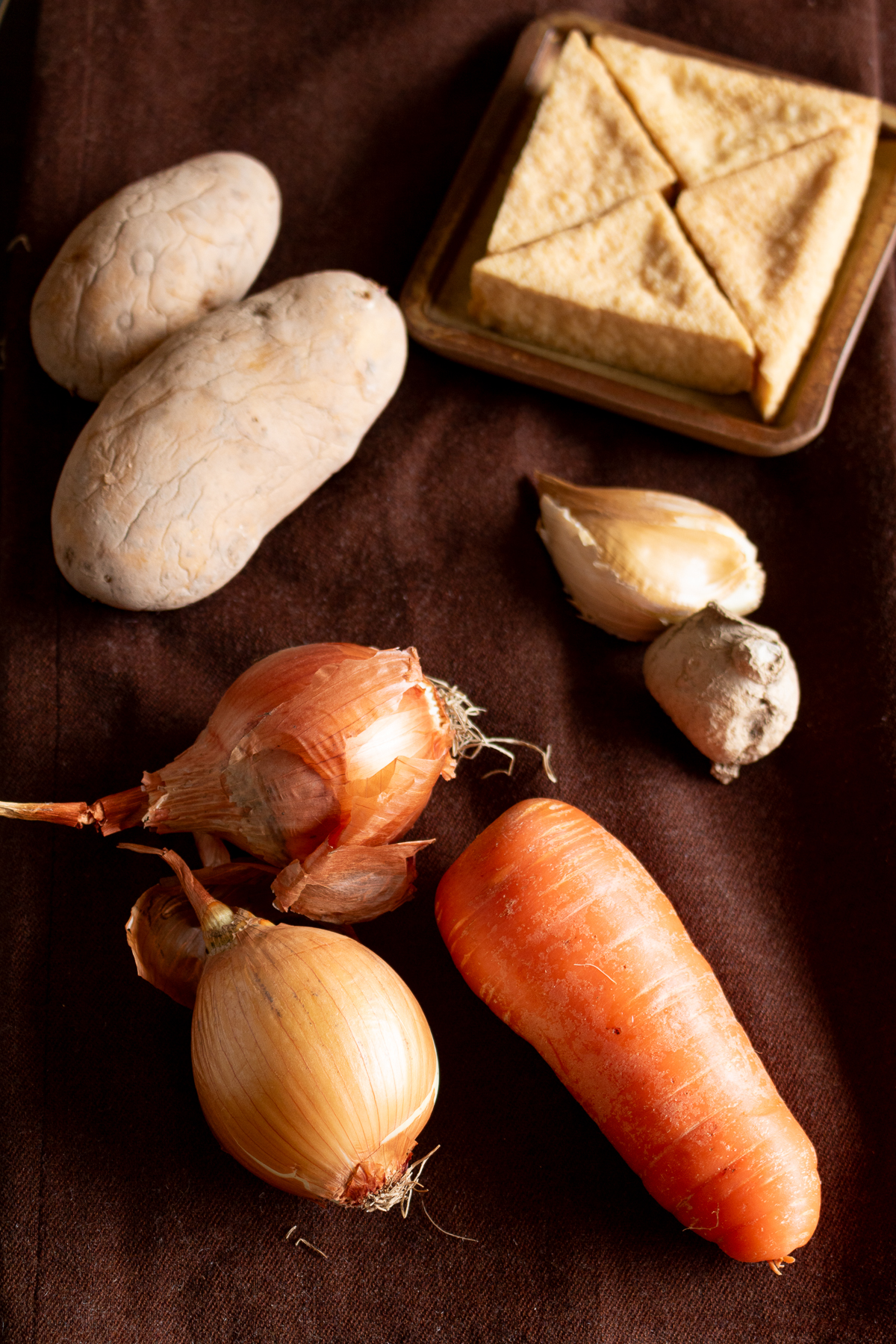
- onion
- carrot
- potato
- thick fried tofu (or your preferred protein)
- grated garlic
- grated ginger
Spices
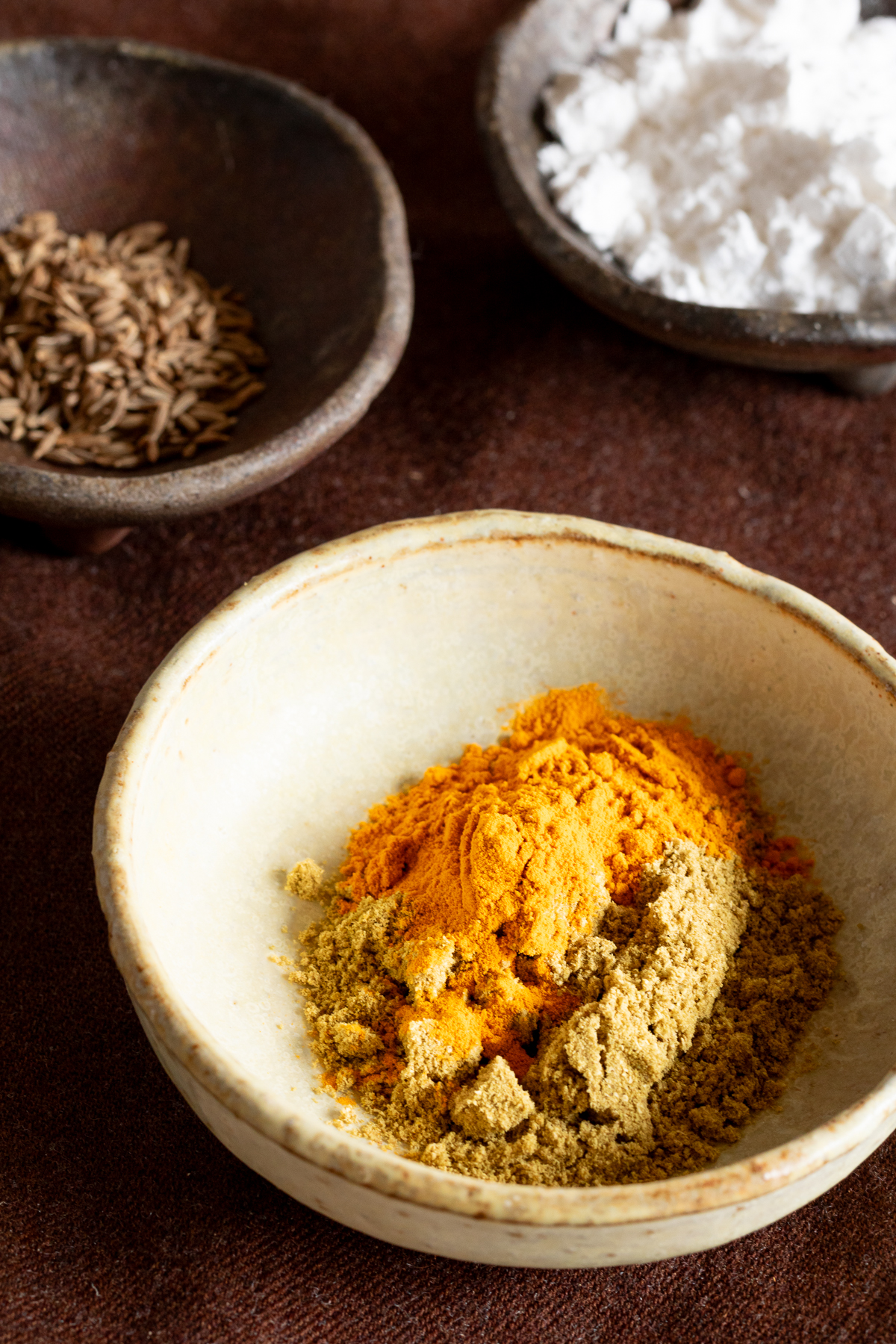
- 1tsp turmeric powder
- 1tbsp coriander powder
- 1tsp cumin seeds (or 2tsp cumin powder)
- Cayenne pepper (optional)
Flavorings
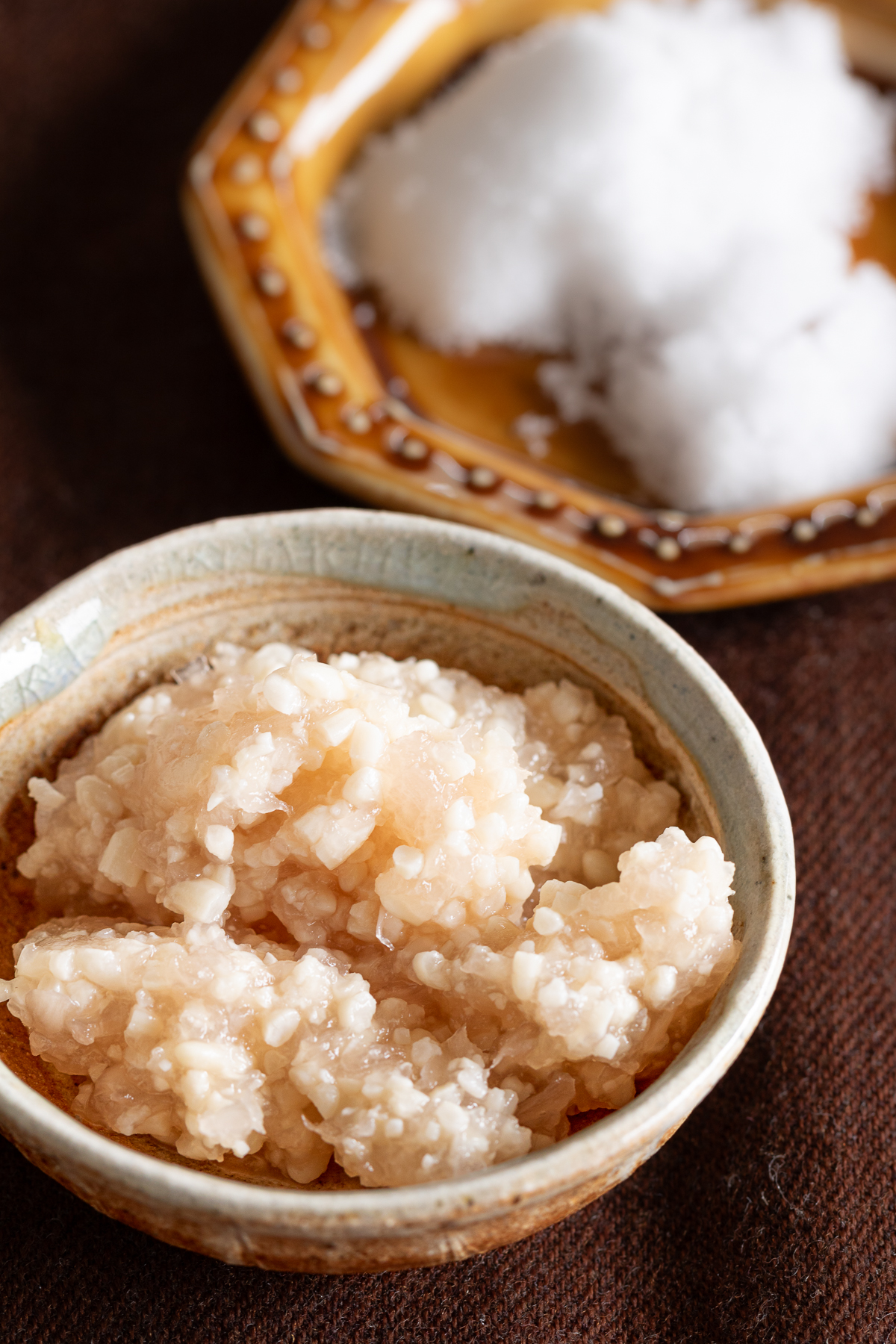
- 1 tablespoon onion koji
- 1 tablespoon sugar
- 2 teaspoon soy sauce
- 1 teaspoon natural salt
Liquid & Thickener
- 700 ml water
- 2 tablespoon rice flour + 4 tablespoon water (for thickening)
🥣 Instructions
- Sauté Cumin: Heat oil in a pan, add cumin seeds, and sauté until fragrant.
🌿 If using powdered cumin, add it later with other spices. - Cook Onions: Add onions and sauté until soft.
- Add Veggies & Aromatics: Stir in carrot, potato, tofu, garlic, and ginger. Sauté lightly.
- Add Spices: Mix in coriander, turmeric, and optional cayenne pepper for 30 seconds—avoid burning.
- Simmer: Pour in water, onion koji, sugar, soy sauce, and salt. Bring to boil, then reduce heat and simmer 10 min until vegetables are tender.
- Infuse Flavors: Turn off heat and let sit 30 min for flavors to meld.
- Thicken: Stir in rice flour dissolved in water, cook on low for 3–5 min, stirring continuously.
- Serve: Pour over rice and enjoy! Flavors deepen the next day.
🍽 With Leftover Yellow Curry
- Curry Doria - Put the rice in a heat-proof dish, top with a generous amount of curry and vegan cheese, and toast until the cheese melts!
- Natto Curry - Add some natto (fermented soybeans) to this curry for a unique flavor.
- Kimchi Curry - Substitute homemade Vegan Kimchi for the Fukujinzuke pickles.
🍽 Variations & Leftovers
- Curry Doria: Bake leftover curry with rice and vegan cheese.
- Natto Curry: Add fermented soybeans for unique umami.
- Kimchi Curry: Swap pickles with homemade vegan kimchi.
- Any seasonal vegetables can be used—perfect for fridge clean-up.
- Protein options: chickpeas, cooked beans(such as toor dal, chana dal), or your favorite tofu.
🫙 Storage & Tips
- Tastes wonderful fresh, and even more flavorful after 1–2 days in the fridge.
- To thicken: add 1 tablespoon rice flour dissolved in 2 tablespoon water, repeat if needed.
- If curry tastes bland: try small amounts of salt or extra onion koji.
💭 Questions
A: Add ½ teaspoon cayenne pepper with powdered spices.
A: Mushrooms or extra potatoes enhance depth.
A: Wash lightly with detergent and sun-dry to remove yellow stains.

If you try this recipe, please share your thoughts in the COMMENTS 🐒. Also feel free to ask any questions or leave any requests!


If you try this recipe, please share your thoughts in the COMMENTS 🐒. Also feel free to ask any questions or leave any requests!
🌞 More Vegan Curry Recipes
🧅 Recipe Using Onion Koji
🧁 For Dessert
Vegan recipes with cinnamon:
📖 Recipe Card
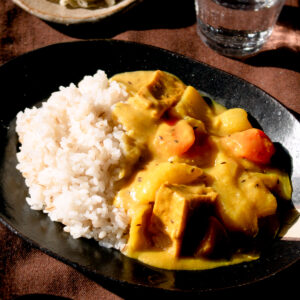
Vegan Japanese Curry Rice | Gluten-Free & Healthy
Equipment
- pot
- Spatula
- cutting board
- kitchen knife
- ladle
Ingredients
Ingredients
- 200 g onion (sliced)
- 140 g carrot (roughly chopped)
- 300 g potato (roughly chopped)
- 140 g thick fried tofu (tear into bite-sized pieces)
- 1 tablespoon grated garlic
- 1 tablespoon grated ginger
Oil for Saute
- 2 tablespoon oil
Spices
- 1 teaspoon cumin seed (2tsp for powdered cumin)
- 1 tablespoon coriander powder
- 1 teaspoon turmeric powder
- cayenne pepper (optional)
Seasoning
- 1 tablespoon onion koji
- 1 tablespoon sugar
- 2 teaspoon soy sauce
- 1 teaspoon natural salt
Water
- 700 ml water
Thickening
- 2 tablespoon rice flour
- 4 tablespoon water
Instructions
- Heat oil in a frying pan and sauté cumin seeds until fragrant. (If using powdered cumin, add later with other spices.)1 teaspoon cumin seed2 tablespoon oil
- Add onions and sauté until soft.200 g onion
- Add carrots, potatoes, tofu, garlic, and ginger; sauté lightly.140 g carrot300 g potato140 g thick fried tofu1 tablespoon grated garlic1 tablespoon grated ginger
- Stir in coriander, turmeric, and optional cayenne for 30 seconds; avoid burning.1 tablespoon coriander powder1 teaspoon turmeric powdercayenne pepper
- Pour in water, onion koji, sugar, soy sauce, and salt. Bring to boil, reduce heat, and simmer 10 minutes until vegetables are tender.1 tablespoon onion koji1 tablespoon sugar2 teaspoon soy sauce1 teaspoon natural salt700 ml water
- Turn off heat, let flavors infuse 30 minutes.
- Stir in rice flour dissolved in water; cook on low for 3–5 minutes, stirring continuously.2 tablespoon rice flour4 tablespoon water
- Serve over rice. Taste and adjust seasonings as desired.
Notes
- Curry tastes even better the next day as flavors meld.
- For extra thickness, dissolve 1 tablespoon rice flour in 2 tablespoon water and add gradually.
- To add umami: mushrooms or extra potatoes.
- Any seasonal vegetables or beans can be used.
- Non-vegan option: swap tofu with meat if desired.

💬Did you try this recipe? Let me know how it turned out in the comments— or mention #vegin_vegan_vegun or just tag us @veginveganvegun with your delicious creations!

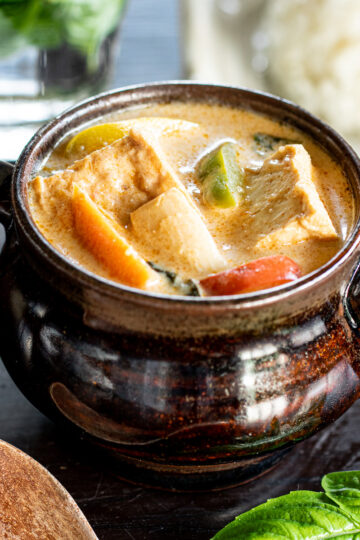
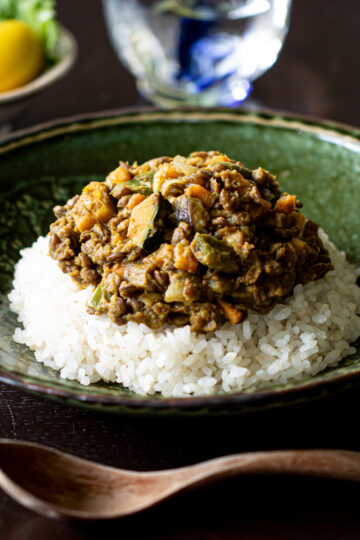
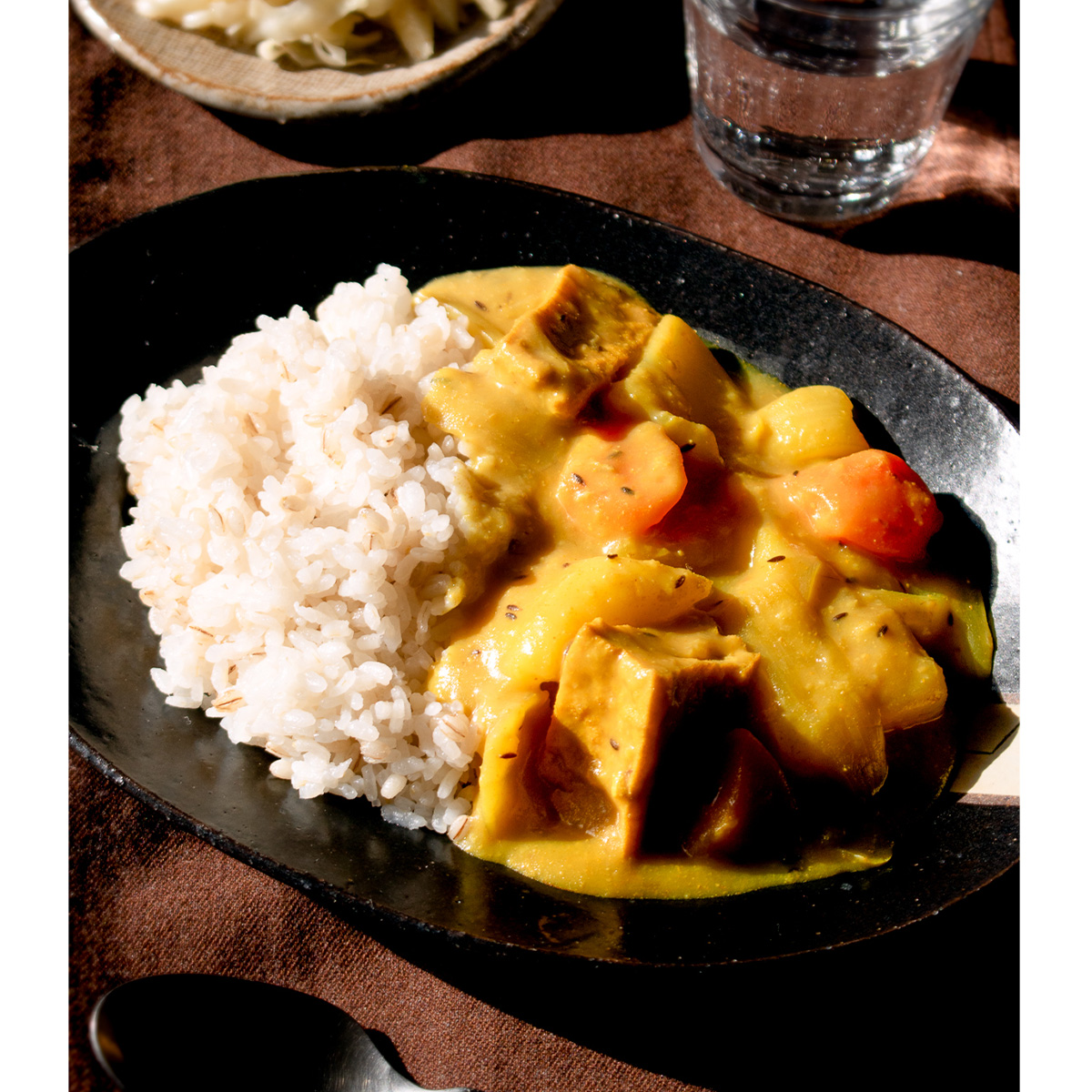
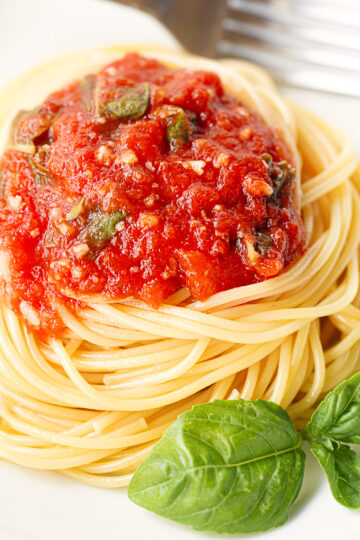

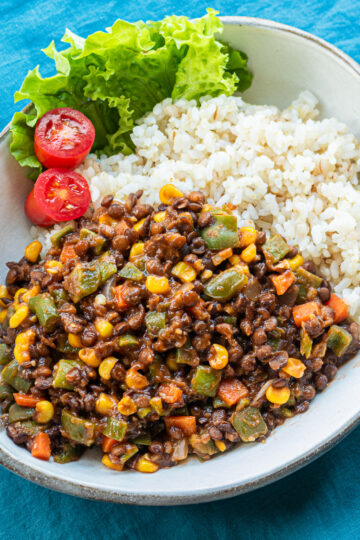
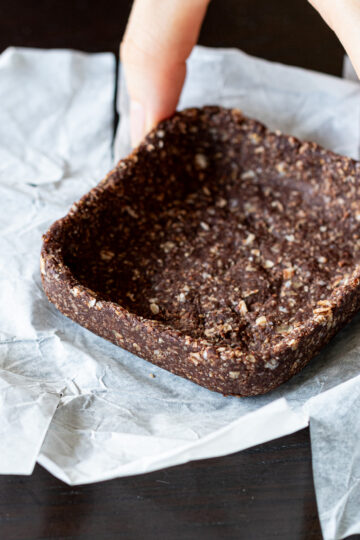
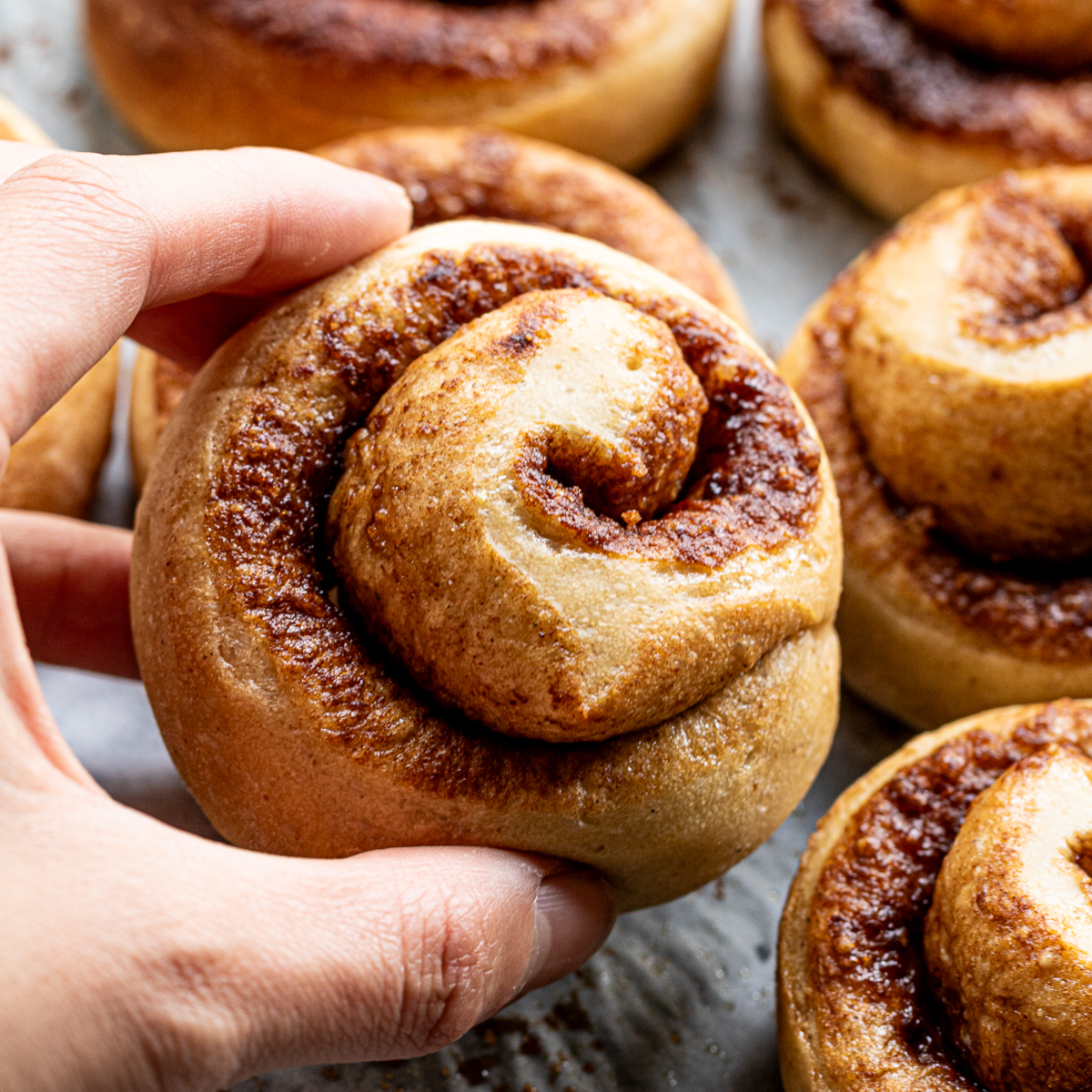

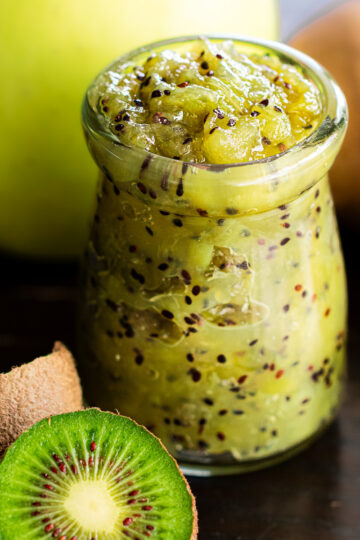
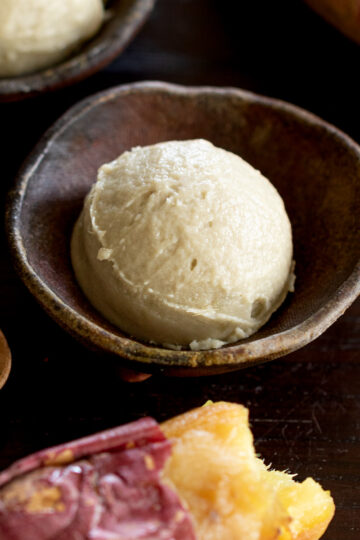
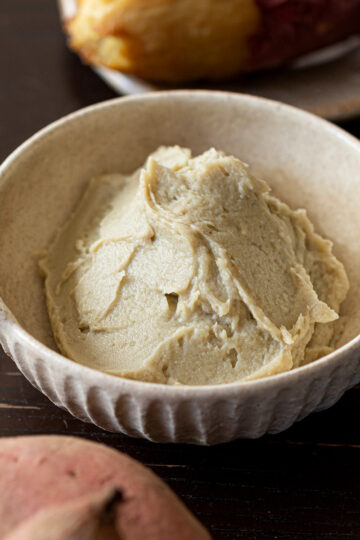

Luci says
It was easy to make and delicious!